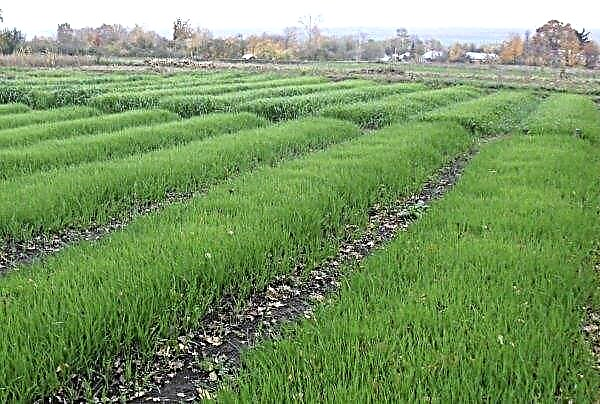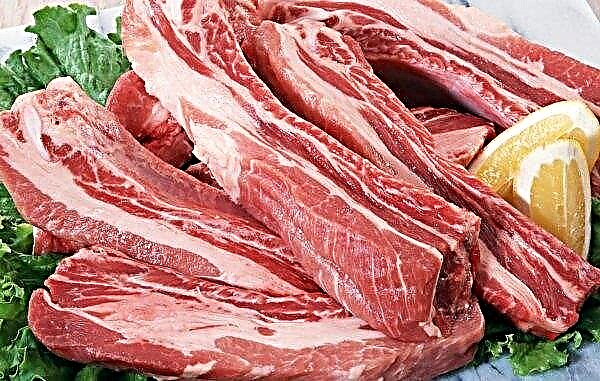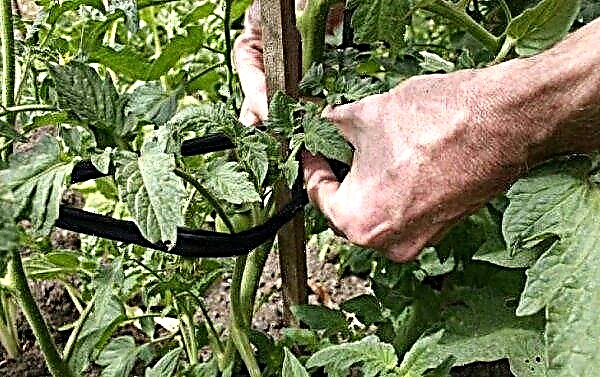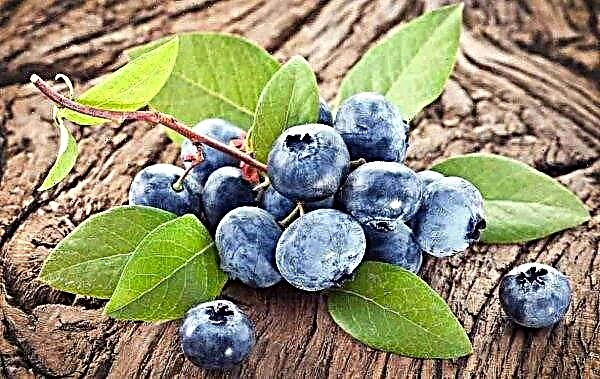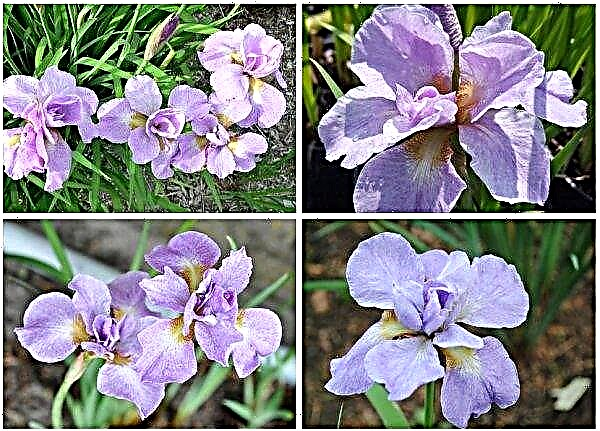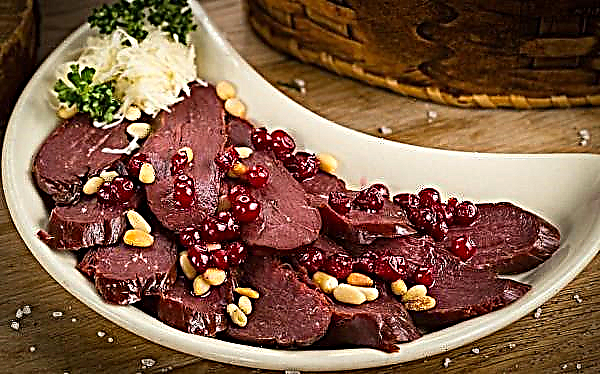Hydrangea is a flower that grows equally well both in open ground and at home. If you follow all the rules for caring for him, then he will delight you with a riot of color and not cause unnecessary trouble. When something happens to the flower, most likely, an error was made in agricultural technology. If you know the causes of all the problems, then solving them will not be difficult even for a novice grower.
Causes of yellowing and falling of leaves in hydrangea
A fairly common problem when growing panicle hydrangea is yellowing of foliage. The reasons for this can be both improper care and environmental changes. In more detail about some of them - further.
Low soil acidity
Hydrangea is a soil lover with an acid reaction. It suits the earth with a pH of 3-6. If the reaction becomes more alkaline, then the leaves of the flower begin to turn yellow.
Lack of heat
This plant comes from the warm regions of Asia and America, therefore, when grown in an apartment, appropriate temperature conditions must be created. With constant jumps in the thermometer column, especially in the direction of negative values, the foliage will gradually begin to acquire a yellow tint.
Important! Optimum air temperature for hydrangea at room conditions: in the summer - +18 ... + 22 ° С, in winter time - +7 ... + 9 ° С. If you do not remove the plant for the winter in a cool room, then it will bloom only next winter.
Drafts
Giving preference to warm air, the culture negatively reacts to the movements of cold air masses. First, yellow leaves appear in her, and then the whole flower fades.

Excess or lack of light and moisture
The light regime is very important for a plant. It loves the bright, but diffused rays of the sun. If you sharpen it, then yellow foliage appears, which eventually begins to fall. The flowering intensity is worsening. Direct sunlight on the leaves provokes the appearance of burns, so you need to place the pot in partial shade.
Mineral and nutrient deficiency
Even the most nutritious substrate is depleted over time, and the plant begins to experience a lack of nutrients. Foliage may turn yellow due to this. Most often, this is a signal that hydrangea is deficient in nitrogen.
How to effectively treat a disease
Even the most experienced gardeners can make a mistake in caring for the crop, so you don’t need to panic if you find yellow leaves, but try to understand what the problem is and take on its solution:
- If waterlogged soil is found, irrigation procedures must be temporarily stopped until the moisture completely evaporates from the ground. Then you need to gradually begin to water the flower again. Use only warm and preferably standing or melt water. If this is not possible, then just drop a couple drops of vinegar or lemon juice into ordinary tap water. To prevent and stop putrefactive processes, if they began to develop, one should resort to the help of Fitosporin or a weak solution of potassium permanganate.
- If the problem is a draft or improper lighting, you should choose a more suitable place or protect the plant from cold streams and burning sun rays.
- To maintain the required amount of nutrients in the soil, you must adhere to the schedule of fertilizer application: once every two weeks, organic matter is added and once every 4 weeks - minerals. All this should be done from the beginning of spring until mid-summer.
- The change in soil pH can be corrected by adding a few drops of lemon juice to water during irrigation procedures (2-3 drops per 1000 ml). You can replace the juice with vinegar - 1 tsp. on 10 l of water.
- Changing the color of the leaves to yellow may be the result of improper transplantation and, as a result, damage to the root system. Assistance in restoration will consist in timely watering and replenishment by Zircon. You need to do this every month.

Caring for panicle hydrangea is not at all difficult, the main thing is to follow the necessary rules when growing it, and then the flower will delight you with a riot of colors for a long period of time.

